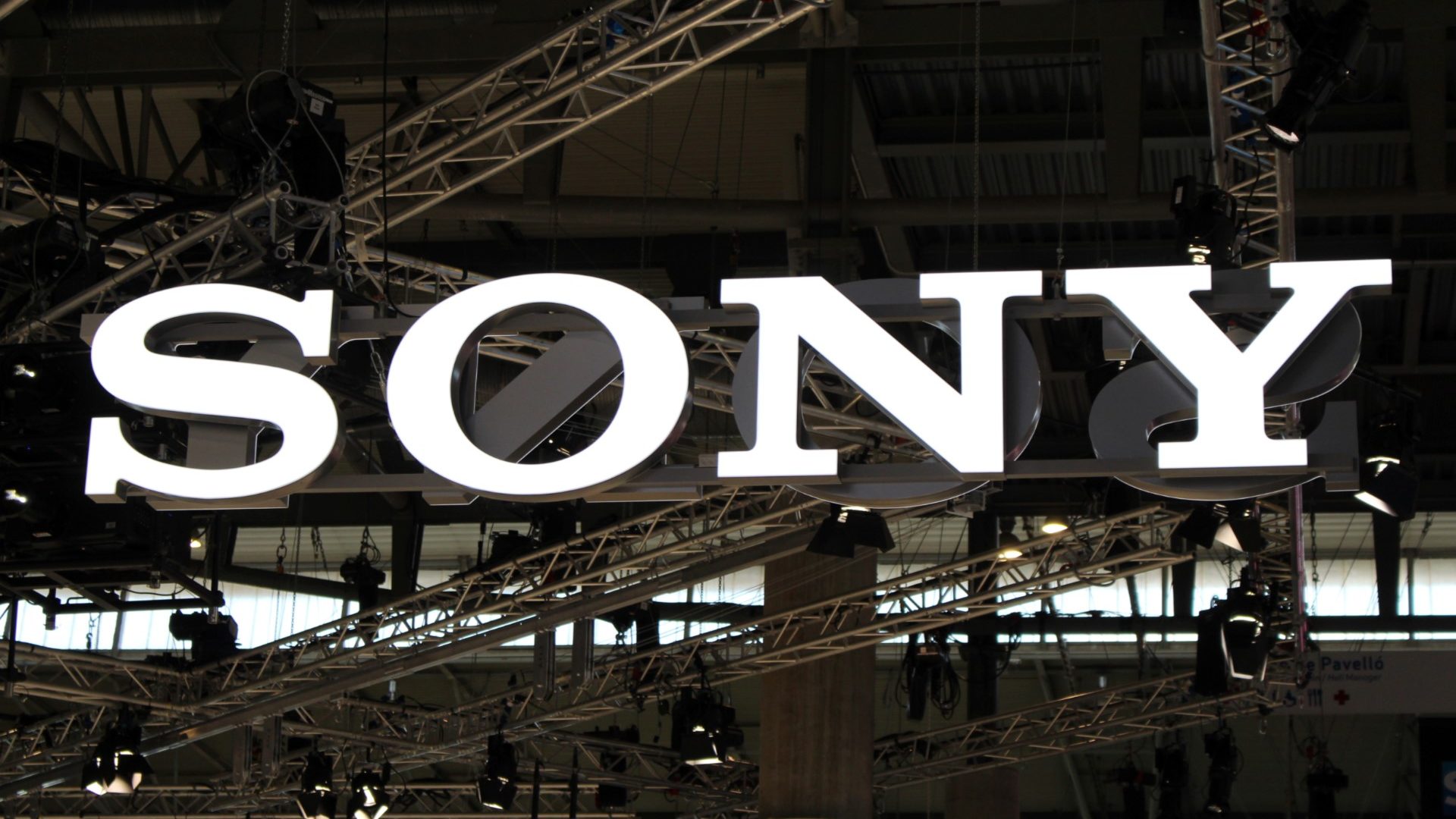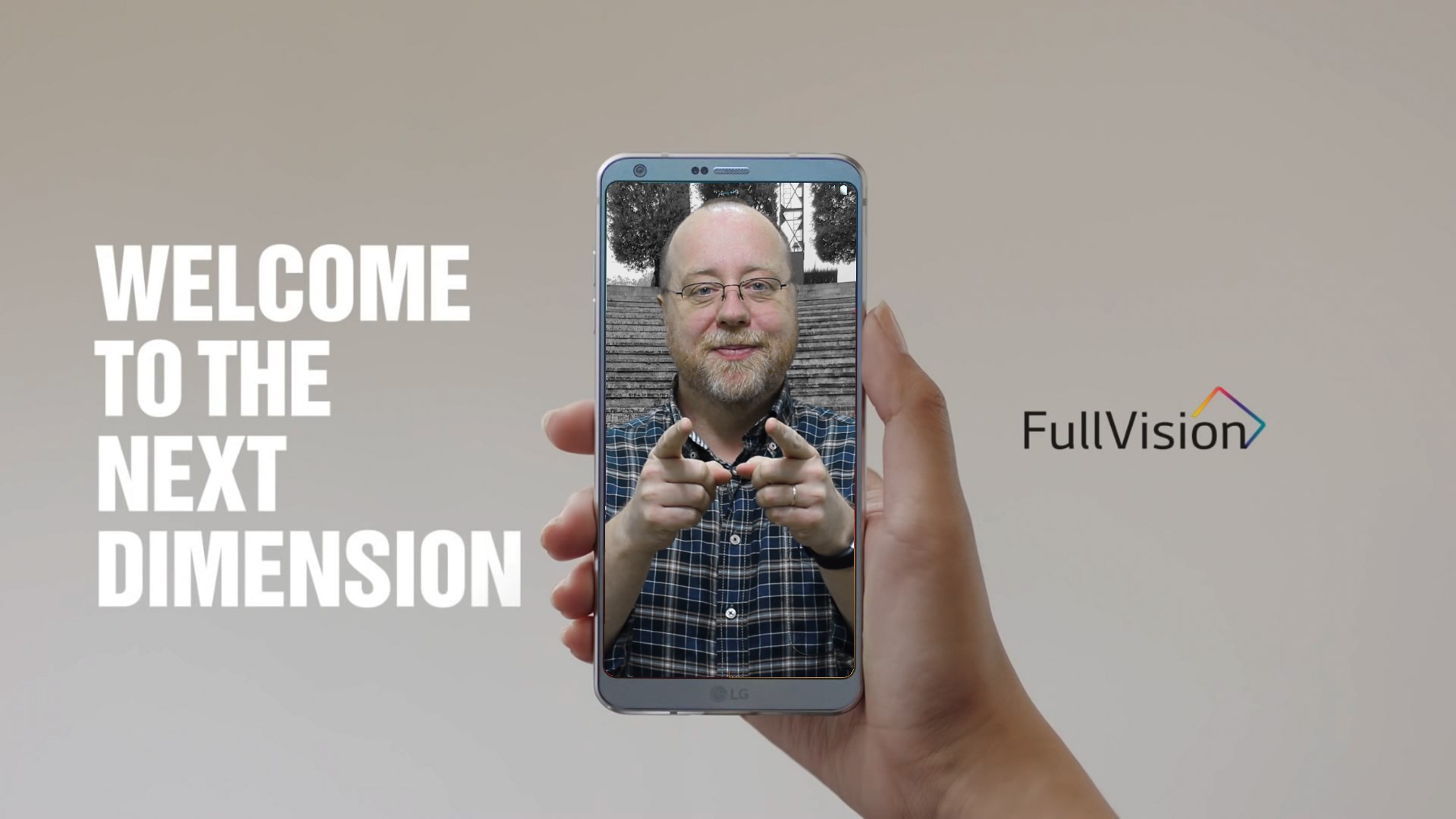Affiliate links on Android Authority may earn us a commission. Learn more.
Future Sony Xperia flagships could sport 18:9 aspect ratio display

Japan Display is often Sony’s supplier for its smartphone displays, so its newly-unveiled 18:9 aspect ratio panel could mean a change might be on its way to future Xperia devices.

This year, both LG and Samsung delivered incredible flagship devices, but what made they particularly intriguing was the unconventional 18:9 (or 18.5:9 for Galaxy S8 devices) display aspect ratio. Called the Univisium format, the newly proposed aspect is essentially a balance between the 16:9 aspect ratio found among virtually any modern TV content and the 2.35 or 2.39:1 widescreen cinema standard that’s the current norm for films.
The 18:9 ratio is ideal because while it may not offer a complete full screen when viewing traditional TV content, it does minimize the thick black borders on the top and bottom of the screen when watching movies. Well, although it may take some time until it becomes an industry standard, it looks like Sony could be one of the next companies to follow LG and Samsung’s footsteps to introduce extra-long smartphones.
Sony’s future Xperia flagships might have smaller bezels on the top and bottom, moving towards what seems to be an increasing popular trend: making phones virtually bezel-less.
Japan Display Inc. is an LCD joint venture between Sony, Hitachi, and Toshiba, and often supplies display panels for Sony’s Xperia smartphones. Today, the display firm announced the mass production of its new 6-inch 18:9 aspect ratio panels with Quad HD resolution. Dubbed the “Full Active” LCD display, the new panel employs JDI’s familiar Pixel Eyes technology, offering deep blacks and better response when operating with wet fingers. It also has extremely thin bezels around it, meaning Sony’s future Xperia flagships might have smaller bezels on the top and bottom, moving towards what seems to be an increasing popular trend: making phones virtually bezel-less.
Of course, JDI’s new panel doesn’t necessarily mean Sony will launch a device with the Univisium format in the future, nor does it mean the company will completely move away from the more conventional 16:9 aspect ratio. However, with two major electronics companies already in the bandwagon and content providers like Netflix pushing more and more Univisium-ready shows and movies, the new 18:9 aspect ratio might not be a mere gimmick.
What are your thoughts on the Univisium aspect ratio? Would you like to see an Xperia flagship with the new aspect ratio? Let us know by leaving a comment below!